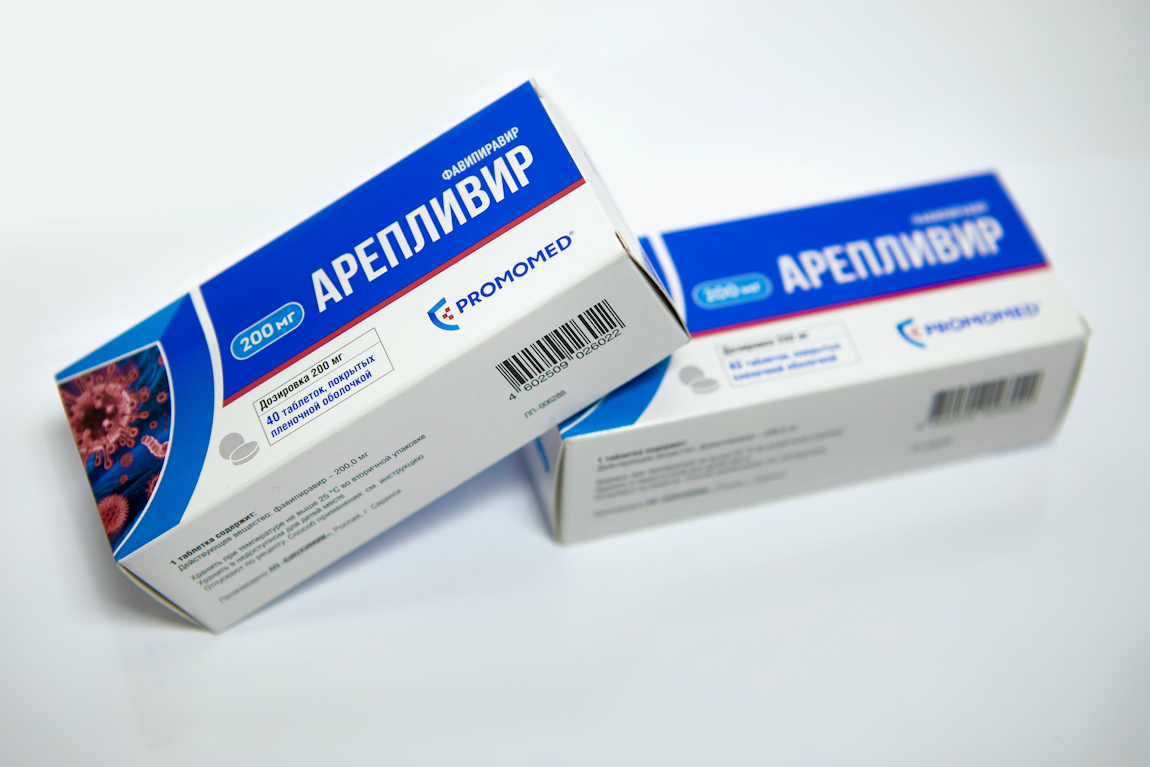It has been estimated that 50% of pharmaceutical recalls are due to errors in the packaging, particularly the product labelling or artwork not being accurate, and more than 60% of recalls are caused by human error. Mislabelling or not packaging the pharmaceutical product correctly can carry a number of dangers for both the manufacturer and the end user. These dangers can include:
- Risk to patient’s safety: errors in the pharmaceutical labelling can cause misuse of a drug leading to serious side effects.
- FDA Compliance Issues: The FDA has clear guidelines on pharmaceutical packaging. If the manufacturer fails with any of these regulations, the FDA may issue a recall on the product.
- Costly recalls and fines: Having a product recalled due to a pharmaceutical packaging error such as incorrect labelling can be costly.
- Company reputation damage: Product recalls are made very public and so this could have a negative effect on the company’s reputation.
As you can see, these are issues that you would not want your business to run into. Therefore, it is vitally important that these critical pharmaceutical packaging mistakes that often plague the pharmaceutical industry are avoided. In this article, we will be exploring the 3 most common pharmaceutical packaging mistakes and how you can avoid them.



